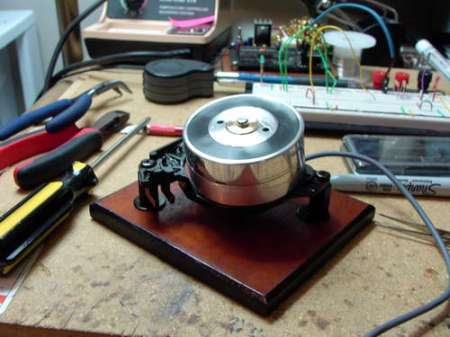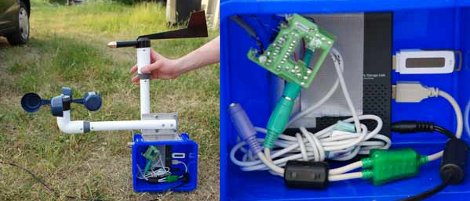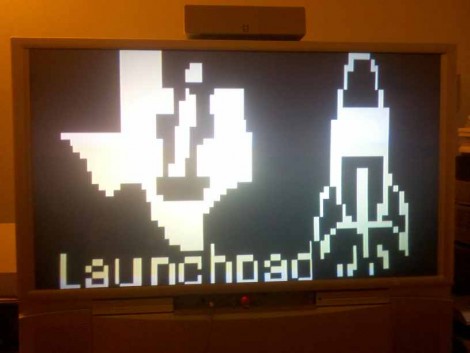
[Osgeld] takes on the classic VCR head jog wheel in this instructable. He has done a fantastic job not only in his build quality, but in the quality of the writeup. As he points out, the idea of using the head as a jog wheel isn’t new. His construction and build quality however have yielded a fantastic looking reliable device that we would be proud to have sitting on our desk.
As usual, the most interesting bits of the writeup are how he solved problems he encountered. For example, he’s using an optical mouse to detect the motion of the wheel. This requires that he print out a pattern to mount opposite the optical sensor. This sounds straight forward enough, but he found the results to be less than stellar. He documented his fix, basically reworking it in GIMP, so others can save some time. That is how tutorials should be. Great job [Osgeld].













